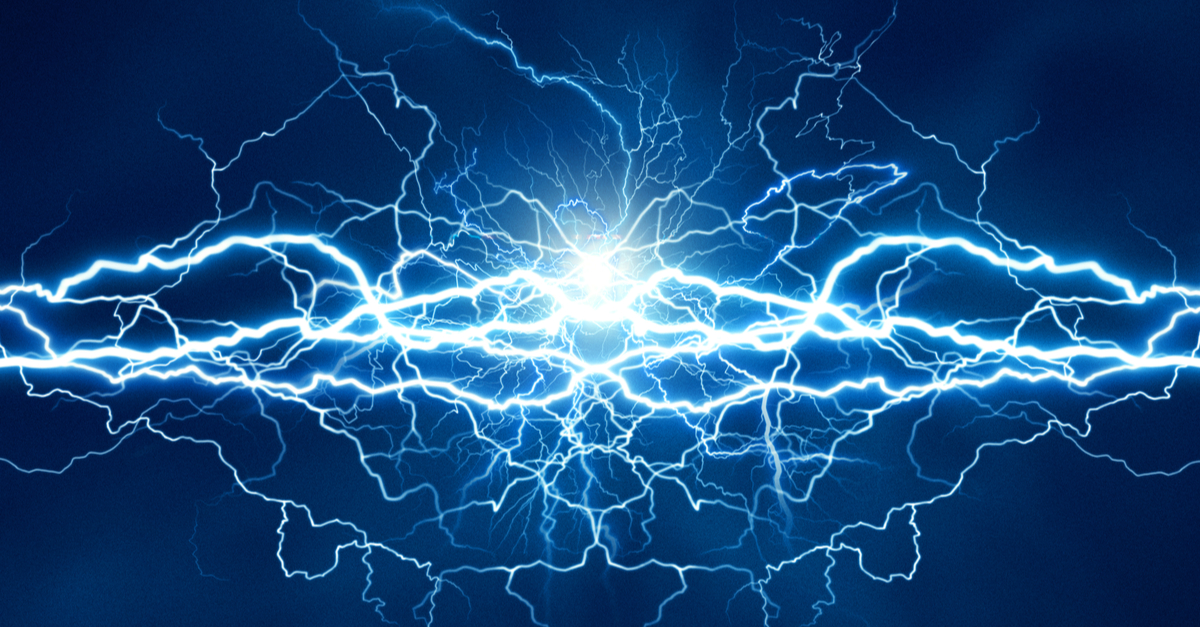 David Fawcett PhD, LCSW
David Fawcett PhD, LCSW
It has long been recognized that trauma and adverse childhood experiences lead to a dysregulation of emotional affect. This originates with the self-protective mechanism of dissociating or disconnecting from uncomfortable emotions related to these early incidents, or to thoughts and feelings that may occur years later that are reminiscent and triggering.
Sympathetic arousal, the fight-or-flight reaction, is characterized by an adrenaline-fueled spike which, in the sustained manner experienced by persons with posttraumatic stress disorder (PTSD), can be physically and psychologically detrimental.
Conversely, a parasympathetic response, while also maladaptive in the long-term, is characterized by “going cold” or numb to such feelings and is marked by different physiological properties. Both types of arousal serve to distance or dissociate the individual from the uncomfortable emotional state.
The development of dissociation, be it sympathetic or parasympathetic, as a primary coping mechanism increases the likelihood of problematic drug use and sexual behavior (i.e., paired substance/sex addiction). Such addictions provide a wide variety of both chemical and behavioral strategies to emotionally disconnect.
Research is now being conducted to better understand how various drugs, given their discrete properties, may be more appealing for one person compared with a different drug for someone else. Individuals who are drawn to a sympathetic arousal pattern, for example, are more likely seek out drugs or experiences that provide intensity. Combining stimulants and sex is especially effective in this regard because it dissociates the user from feelings of low self-worth, shame, and sexual inhibitions while boosting arousal, a sense of invincibility, and the desire for high-risk (super-intense) sex.
Boredom and other low-intensity emotional states can create a relapse risk for these individuals when they’re in addiction recovery unless better strategies for affective regulation are learned (along with resolution of the trauma through therapy).
Several theories attempt to explain why a desire for sympathetic arousal intensity occurs, among them the self-medication hypothesis, the high-risk hypothesis, and the susceptibility hypothesis. The bulk of research data support the self-medication hypothesis,[i] which, as is self-evident, proposes that individuals choose to medicate distressing thoughts and feelings with the intensity of drugs and/or behaviors. In any case, patients with co-occurring substance use disorders and PTSD tend to report greater functional impairment and experience poorer treatment outcomes.
The need for intensity provided by substances and behaviors that excite and arouse has been associated with trauma-exposed persons who use methamphetamine. One study[ii] found that individuals with PTSD were significantly more likely to report meth use than individuals who had also experienced trauma but did not have PTSD. The study also showed that meth users with PTSD had a longer duration of meth use than trauma-exposed individuals without PTSD, and that several diagnostic clusters (specifically avoidance and hyperarousal, but not re-experiencing traumatic memories) of PTSD were more likely among such individuals. Other research[iii] has also documented a significant association between stimulant users and the avoidance and hyperarousal clusters for PTSD.
Trauma and its effects are key factors in the development of sex addiction, as well. In my practical clinical experience, individuals diagnosed with compulsive sexual behavior disorder (sex/porn addiction) exhibit the very same sympathetic arousal patterns of chasing intensity as a strategy to cope with unwanted and uncomfortable emotions.
References
[i] McCauley, J.L., Killeen, T., et.al. (2012). Posttraumatic stress disorder and co-occurring substance use disorders: Advances in assessment and treatment. Clinical Psychology; 19:3 (author manuscript).
[ii] Smith, R.C., Blumenthal, H., et.al. (2010). An investigation of relations between crystal methamphetamine use and posttraumatic stress disorder. Addictive Behaviors; 35:625-627.
[iii] Ruglass, L.M., Hien, D.A. (2014). Associations between posttraumatic stress symptoms, stimulant use, and treatment outcomes: A secondary analysis of NIDA’s women and trauma study. American Journal of Addiction; 23:1. NIH Public Access.
